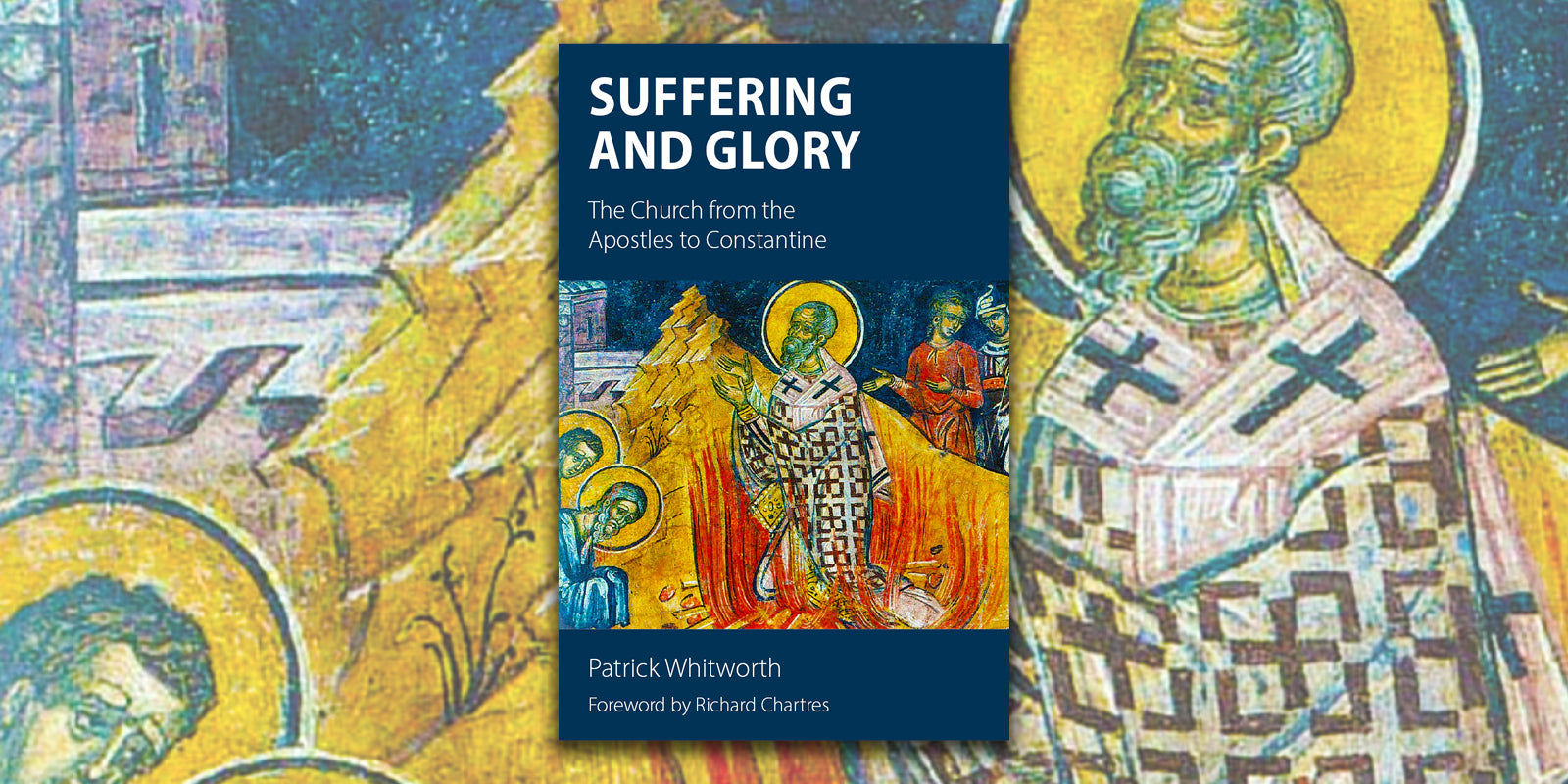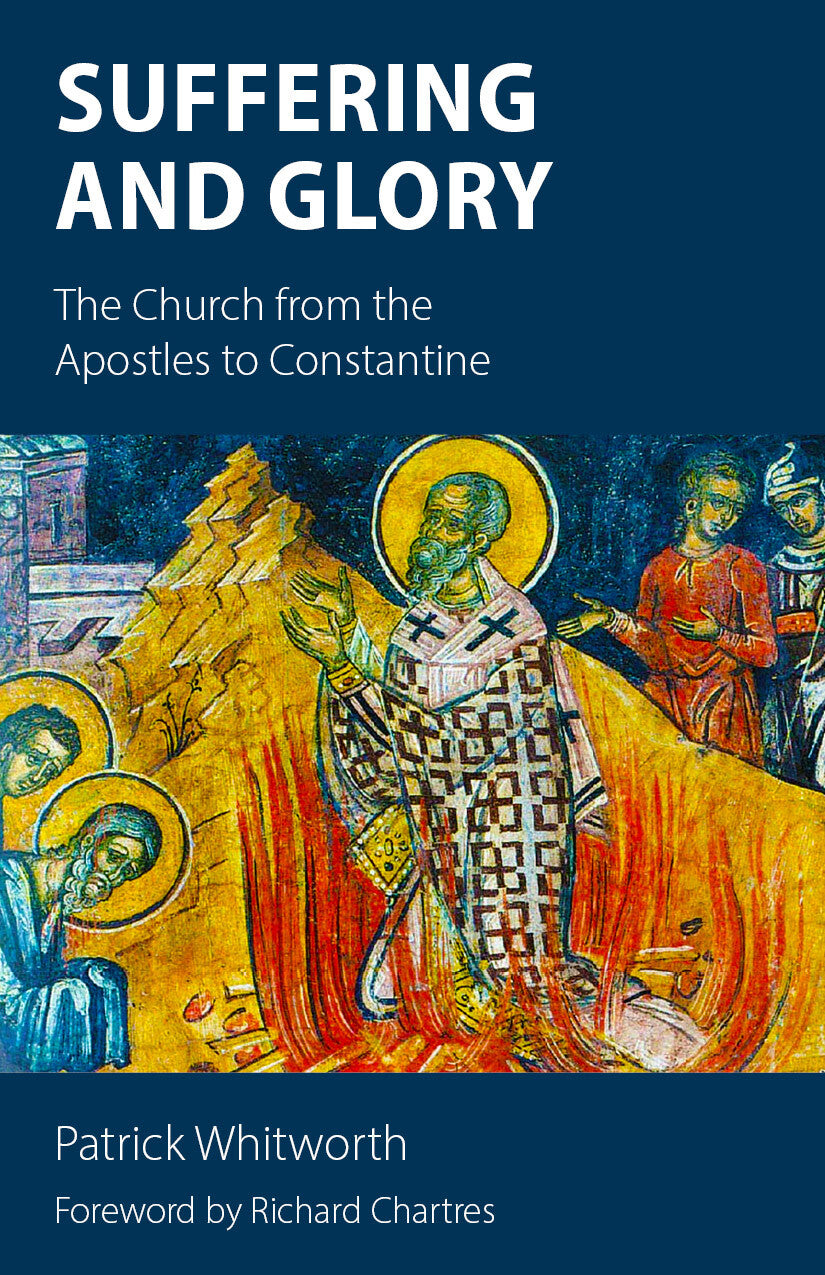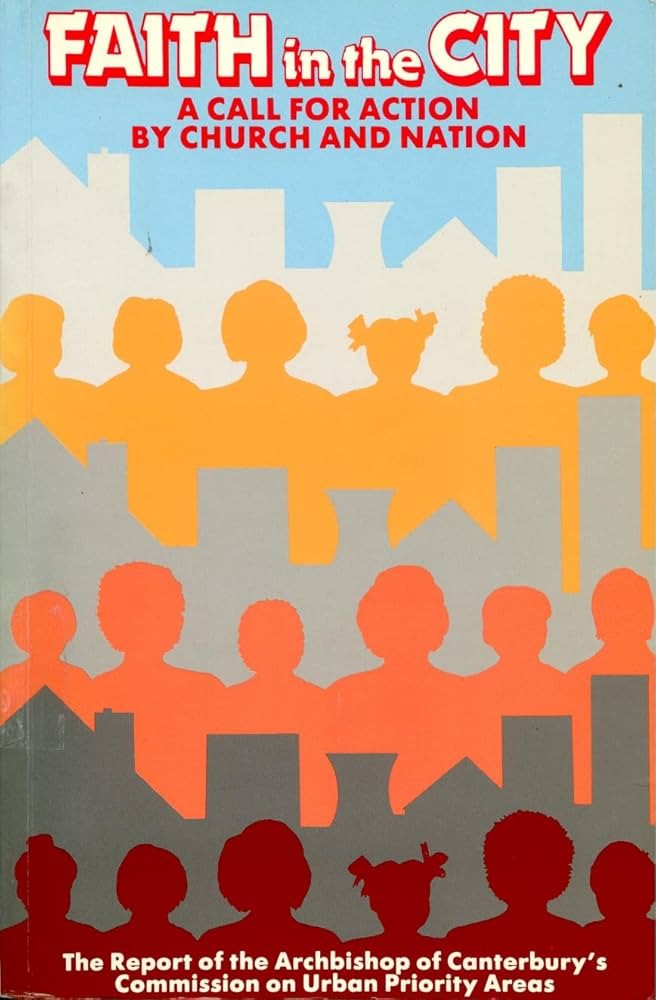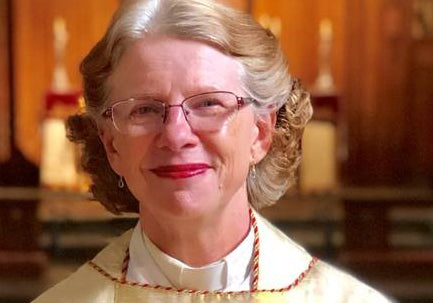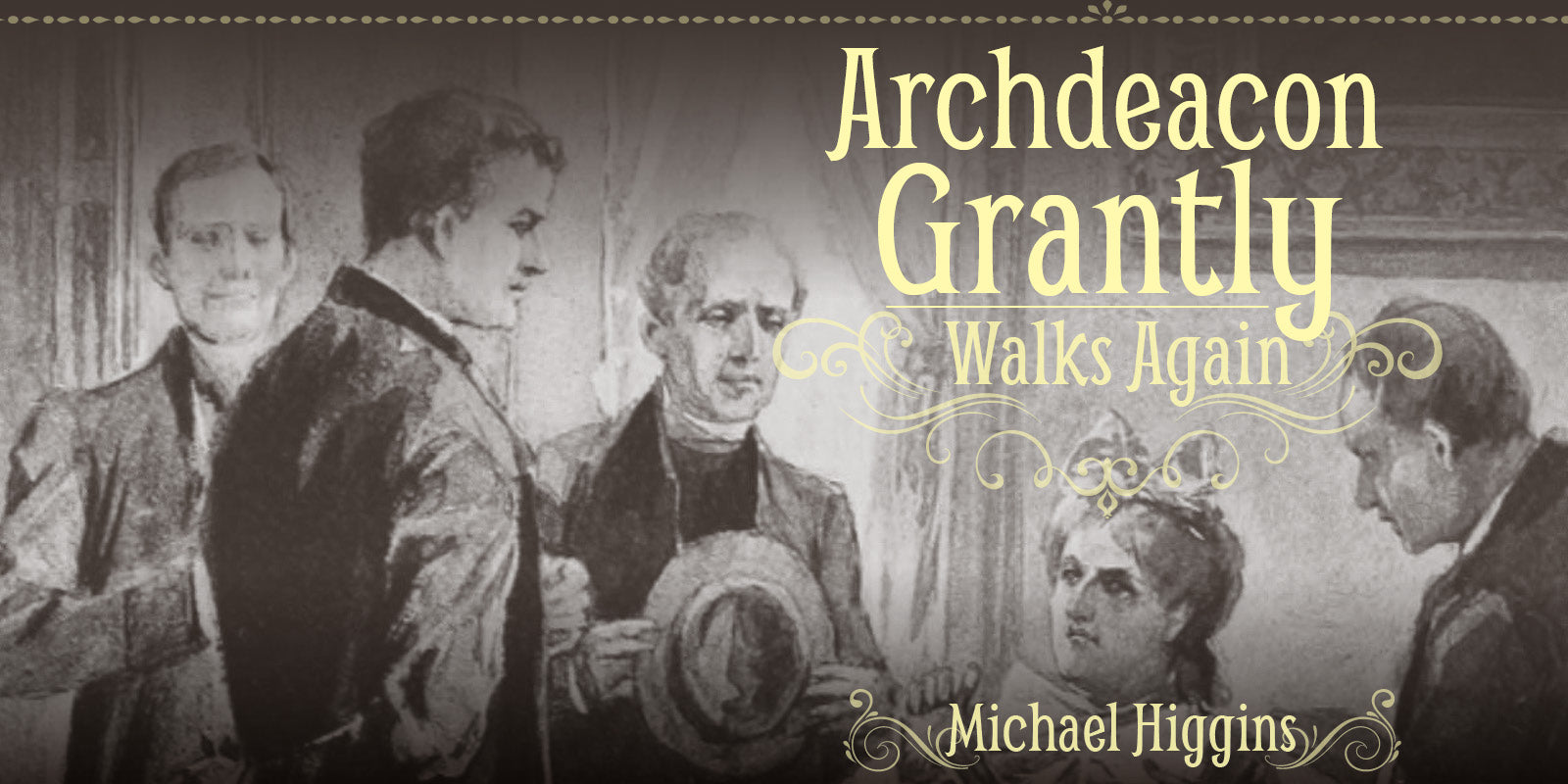GUEST BLOG: Patrick Whitworth, author of Suffering and Glory, explores some of the lessons that we can learn from early Church history, many of which are still very relevant today.
As another volume of Church history is published, you might ask yourself the question: what is the value of Church history? Why should I give time to reading about what happened with the Church during its first five hundred years? And why bother to get our heads around all those funny names: Polycarp, Ignatius, Irenaeus, Cyprian, Tertullian, Constantine, Arius and Athanasius—and that is just the first three hundred years! Others followed, like Basil, Gregory of Nyssa and Gregory of Nazianzus; Chrysostom, Ambrose, Augustine, Cyril, Nestorius and Jerome. It is quite a list.
Well, my answer would be that the value of Church history is at least threefold:
- it highlights the qualities needed in Christian service and leadership in every age;
- it shows the importance of defining our faith;
- and it shows that most issues have been faced before.
Let’s take each of those in turn.
Firstly, Christianity did not proceed on the basis of strength. Far from it—it was worryingly weak. In Jerusalem, the Church and its leaders were persecuted as a false Jewish sect. Then, in the Empire from AD 64 onwards, its members became the scapegoats for the failures of, or natural disasters in, the Empire. As Tertullian famously wrote in his Apology (meaning defence), “If the Tiber rises as high as the city walls, if the Nile does not send its waters up over the fields, if the heavens give no rain, if there is an earthquake, if there is famine or pestilence, straightaway the cry is, ‘Away with the Christians to the lion’” (Tertullian, Apology, TANF vol. III, ch. XL, p. 47). And Ignatius, Bishop of Antioch, was fed to the lions. Polycarp, Bishop of Smyrna, was burnt and Cyprian, Bishop of Carthage, was executed—and many, many more besides perished. Courage, persistence, trust, hope, joy and humility were the watchwords of these early Christians.
If the Tiber rises as high as the city walls, if the Nile does not send its waters up over the fields, if the heavens give no rain, if there is an earthquake, if there is famine or pestilence, straightaway the cry is, “Away with the Christians to the lion”.
Tertullian, Apology, TANF vol. III, ch. XL, p. 47
Secondly, the early Christians had to define Christianity over against some of the thinking of the age. It is a question for us too today: how to make the Christian faith appealing in the market place of beliefs. Irenaeus, the great Bishop of Lyons, battled with misleading teaching called Gnosticism during the second century. This maintained that a remote supreme being used intermediary emanations to grant gnosis, or knowledge, to the elect—quite a mouthful! In contrast, Irenaeus said that the glory of God was a man or woman fully alive, and that, just as Jesus shared in our humanity, we were to participate in his divinity, through faith, becoming fully alive.
Lastly, Church history can show us that other ages have wrestled with similar questions to ourselves. There was recently a national debate about women wearing head coverings. One of our more vociferous politicians said these coverings made women look like letterboxes or bank robbers. Little did he know (probably) that one of the Church Fathers, Tertullian, wrote a whole pamphlet on whether women should wear veils. He wrote in his work On the Veiling of Virgins: “Put on the panoply of modesty; surround yourself with the stockade of bashfulness; rear a rampart for your sex, which must neither allow your own eyes egress nor ingress to other people’s” (Tertullian, On the Veiling of Virgins, TANF vol. IV, ch. XVI, p. 37). I am not advocating this, but we can see from his writings how this was an issue in the Christian community in the second century, and we can show some thoughtful engagement and dialogue with those who hold such veiling important in their own culture.
Suffering and Glory tells the story of the Church in those early centuries and of the main issues that the Church faced. It is a fascinating period of history that goes from the hostility of the Roman Empire over a three-hundred-year period to the sudden volte-face under Constantine. There are plenty of lessons in there for us today.
Patrick Whitworth read Modern History at Christ Church Oxford, and a Theology MA in Reformation Studies under T. H. L. Parker at Durham. He has spent over 40 years in Anglican Ministry, most recently in Bath, and in retirement facilitates lay and clergy training alongside his writing. He is married to Olivia with four grown up children and three grandchildren.
Suffering and Glory is Patrick's fourth book with Sacristy Press—get your copy today for just £14.99.
